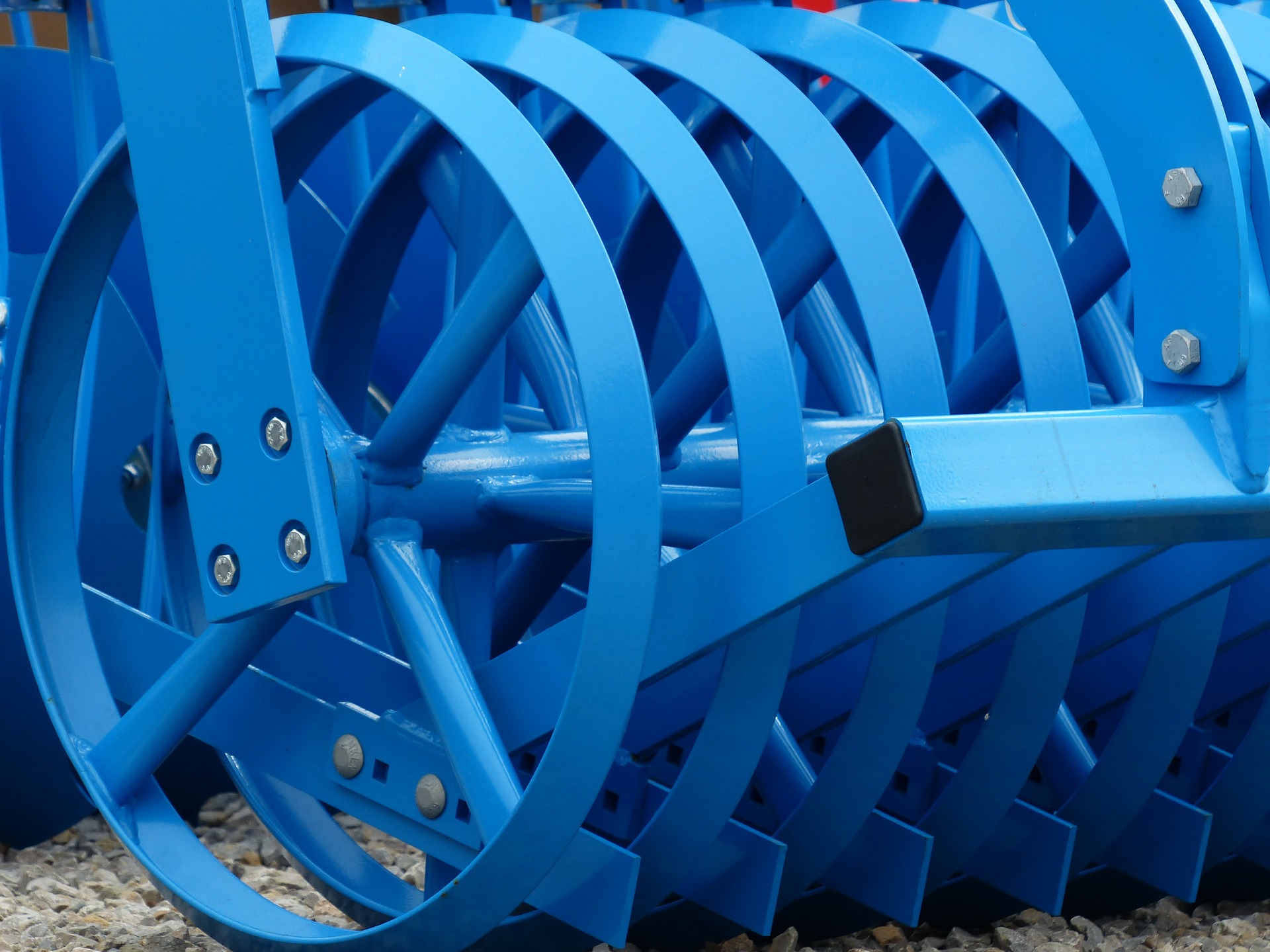Would you buy a product without understanding what you are buying?Look at your offer through your customers' eyes and test yourself.
You want to do business in Italy.
You want to get repeat, loyal customers who buy your products in Italy.
Also, you want to get more sales opportunities and success in the Italian market.
These are your goals.
But what about your customers’ goals?
Your Italian customers want to solve a problem.
They want to receive value when buying your products and services.
They want something that helps lead them to their desired outcome.
Your texts should do that too.
In other words, you should translate your texts in the language of your customers.
With translation, you’ll surely add value to how you offer your products or deliver your services. Also, your texts will make your customers feel that you care. Feel like they matter. Feel like they belong.
And when they do, they are more likely to buy your products or services.
Test yourself
Do you want to test yourself whether the quality of the language would affect your decision to buy a product?
I think it’s worth a try.
Imagine yourself from the perspective of your customers in two different scenarios.
SCENARIO #1 - WITHOUT TRANSLATION
You want to buy a product you can only buy online.
On the website of the buyer, you can see a picture and read the description of the product. But the description is written in a foreign language that you can’t understand at all or most of it, likewise any information about payments, shipping, returns, and support.
Now answer the questions below.
Would you…
- really understand the product description?
- buy the product without completely understanding its features and benefits?
- feel confident about any possible support or return situation?
- fully trust the company?
- feel confident about making the purchase?
SCENARIO #2 - WITH TRANSLATION
You want to buy a product you can only buy online.
The website is professionally translated into your native language. So you can read and understand the description of the product, likewise any information about payments, shipping, returns, and support.
Now answer the questions below.
Would you…
- understand the product description and any important information?
- feel confident about any possible support or return situation?
- manage to order the correct product, size, quantity in the first place?
- feel that the company seems to be professional and trustworthy?
- buy the product?
CONCLUSION
Do the above scenarios sound familiar? They probably do, because we’ve all been in situations like these.
So which of the two approaches do you think would encourage you to buy the product?
I’m quite sure that you belong to the large majority of customers who are more likely to buy a product or service if the buyer communicates in their mother tongue instead of a foreign language.
Do you have any questions? Leave a comment and let me know.








